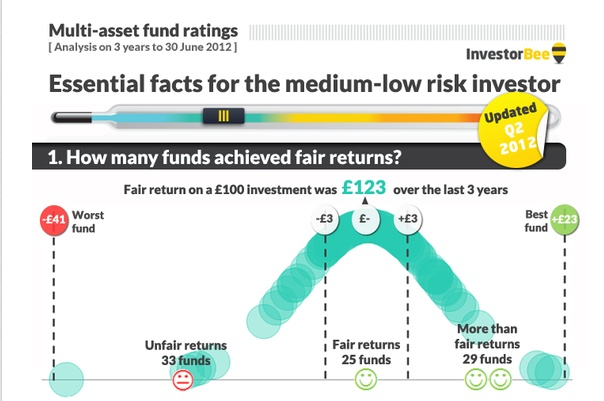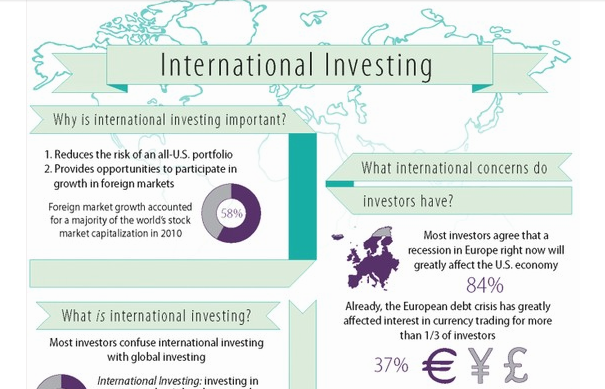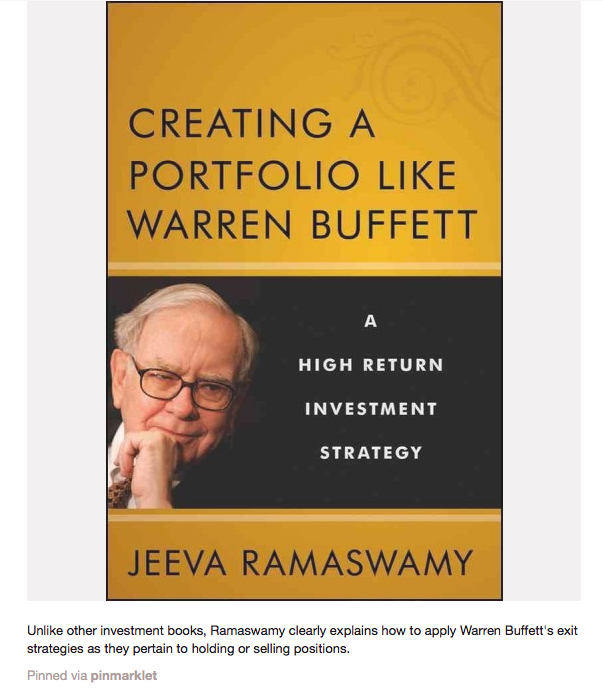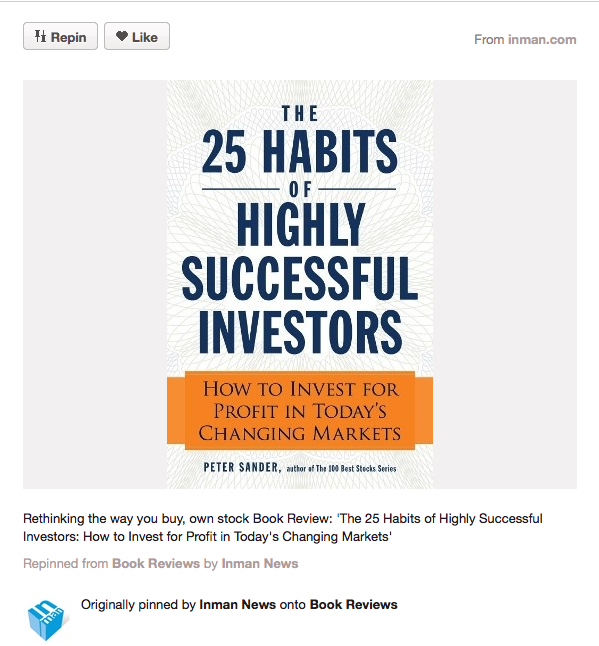 As we move past the 2013 RRSP season, many of the promotions offered last month are either expired or will be expiring at the end of this month. It seems like several discount brokerages are going to pass altogether on offering up any promotions for March whereas others are just extending out the deadlines of existing promotions. This month there are seven discount brokerages offering promotions with free trades or credits for trades being the most popular.
As we move past the 2013 RRSP season, many of the promotions offered last month are either expired or will be expiring at the end of this month. It seems like several discount brokerages are going to pass altogether on offering up any promotions for March whereas others are just extending out the deadlines of existing promotions. This month there are seven discount brokerages offering promotions with free trades or credits for trades being the most popular.
The BMO InvestorLine RSP promotion offering 250 free trades is set to expire within the first week of March. While 250 free trades is a substantial offer it is important that potential clients be clear that the “free trades” being offered in the advertisement refer to 250 free trades, not unlimited free trades which some of the other discount brokerages have recently been offering. At the opposite end of the month, Scotia iTrade‘s 100 free trades offer is set to expire March 31st. Questrade is still running their 100 free trades promotion through till the end of April.
Both Scotia iTrade and National Bank Direct Brokerage are continuing to offer their refer-a-friend deals with iTrade’s offer now extended out until May 31st 2013.
We will keep an eye out for more deals may surface during the month and always invite our readers to share news of any promos they may have seen.
Discount Brokerage Deals & Promos
| Company | Brief Description | Minimum Deposit Amount | Commission/Cash Offer Type | Time Limit to Use Commission/Cash Offer | Details Link | Deadline |
|---|---|---|---|---|---|---|
| A Sparx Trading exclusive offer! Use the promo code “Sparx Trading” when signing up for a new account with Jitney and receive access to their preferred pricing package and a massive 45% discount on the Real Tick trading platform. | n/a | Discounted Commission Rates | none | For more details click here | none | |
 |
Open a new account (TFSA, Margin or RRSP) and receive $50 commission credit . Use promo code: kdkfnbbc | $1,000 | $50 commission credit | none | none | none |
 |
Refer a friend to Questrade and when they open an account you receive $100 and they receive $50. To receive this deal you must be an existing client with an equity account and refer a person that does not reside with you and who has not previously opened a Questrade account. | $1,000 | $50 commission credit (friend) $100 commission credit (referrer bonus) | 60 days | Refer a friend | none |
| If you refer a friend/family member who is not already a Scotia iTrade account holder to them, both you and your friend get a bonus of either cash or free trades. You have to use the referral form to pass along your info as well as your friend/family members’ contact info in order to qualify. There are lots of details/conditions to this deal so be sure to read the details link. | A)$10,000 B)$50,000+ | A) You(referrer): $50 or 10 free trades; Your “Friend”: $50 or 10 free trades (max total value:$199.80) B) You(referrer): $100 cash or 50 free trades; Your “Friend”: $100 cash or 50 free trades (max total value: $999) | 60 days | Refer A Friend to Scotia iTrade | May 31, 2013 | |
| Open and fund a new Scotia iTRADE account with at least $25,000 before March 31, 2013 and the commissions associated with your first 100 trades placed within 60 days of the date the account is activated and funded. Also, the new FlightDesk platform is being offered for free for 60 days. Use promo code WAC13-EN. See details link for further terms and conditions. | $25,000 | 100 free trades ($999 value @ $9.99 commission rate) | 60 days | Scotia iTrade 100 free trades + FlightDesk | March 31, 2013 | |
 |
If you refer a friend/family member who is not already a National Bank Direct Brokerage account holder to them, both you and your friend get a bonus of $100 each. The promotion code “FRIEND” must be used on the account application form. Read the details link for full terms and conditions. Note the maximum referral bonus per client is $1000. | $25,000 | $100 referral bonus (referrer) $100 referee (your “friend”) | Payout occurs after 6 months | Share $200 with a Friend Promotion | October 31, 2013 |
| Disnat is celebrating its 30th anniversary by offering new & existing clients $300 in commission credits which can be used for up to 6 months. To be eligible, new/existing clients need to deposit $50,000 into a Disnat account. You’ll have to call 1 800 268-8471 and mention promo code Disnat30. See details link for more info. | $50,000 | $300 commission credit | 6 months | Disnat 30th Anniversary Promo | May 1, 2013 | |
| Open a new account or upgrade an existing account with either A) $100,000 or B)$250,000 to receive 250 trades (for those who deposit $100K) or 250 trades + $250 (for those who deposit $250K). Use Promo Code: RSP2013. NOTE: There are lots of details/important conditions attached to this promotion. Be sure to read the terms and conditions carefully. | A) $100,000 B) $250,000 | A) 250 Free Trades ($2497.50 value @ $9.99/trade) B) 250 Free Trades + $250 ( $2747.50 value @$9.99/trade) | 90 days | Path to Online Investing Promotion | March 4, 2013 |
Transfer Fee Deals
Below are the discount brokerages deals that cover transfer out fees from other discount brokerages.
| Company | Brief Description | Maximum Transfer Fee Coverage Amount | Deposit Amount for Transfer Fee Eligibility | Details Link | Deadline |
|---|---|---|---|---|---|
 |
Qtrade Investor will reimburse your transfer fee up to $125 when transferring a balance of $25,000 or more. For reimbursement, please mail or fax a copy of your statement from the transferring institution that shows the transfer charge to Qtrade Investor at 604.484.2627 and indicate your Qtrade Investor account number. | $125 | $10,000 | Transfer Fee Promo | March 31, 2013 |
 |
Move your brokerage account to Questrade and they’ll cover the transfer-out fee up to $150. | $150 | $25,000 | Transfer Fee Promo | none |
| Open a TD Direct Investing account with a minimum of $25,000 by March 1, 2013, and get up to $150 to cover your account transfer fees. | $150 | $25,000 | Switch for free | March 31, 2013 | |
 |
Transfer $25,000 or more to a National Bank Direct Brokerage account and they will pay up to $135 plus taxes in transfer fees | $135 | $25,000 | Transfer Fee Rebate | none |
| Disnat is celebrating its 30th anniversary by offering up to $150 to cover the cost of transfer fees from another institution. To be eligible, new/existing clients need to deposit $50,000 into a Disnat account. You’ll have to call 1 800 268-8471 and mention promo code Disnat30. See details link for more info. | $150 | $50,000 | Disnat 30th Anniversary Promo | May 1, 2013 |





















